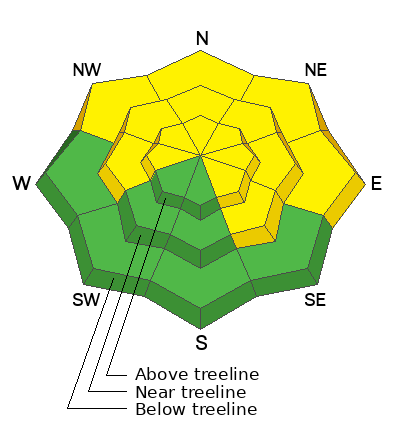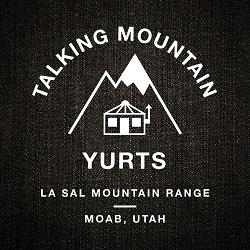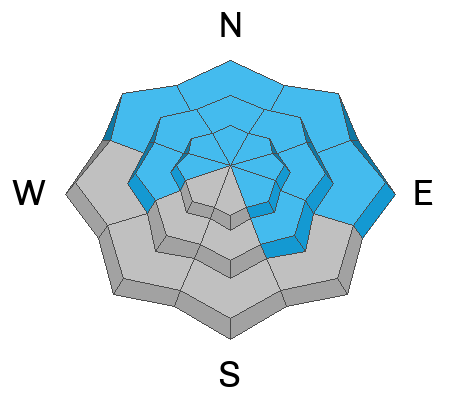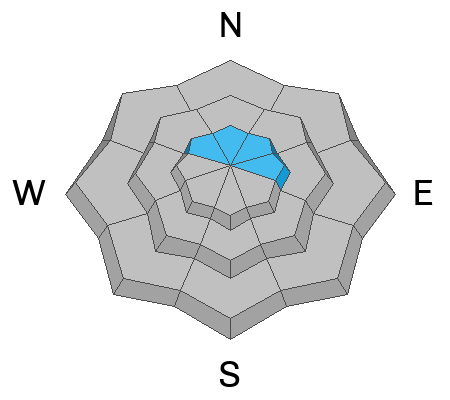Forecast for the Moab Area Mountains

Issued by Dave Garcia on
Tuesday morning, February 20, 2024
Tuesday morning, February 20, 2024
The avalanche danger is MODERATE. The likelihood continues to decrease, but deep and dangerous human-triggered avalanches failing on a buried persistent weak layer remain possible on steep slopes that face W-N-E-SE with the greatest danger existing on slopes facing NW-N-E. If you venture into avalanche terrain, minimize your risk by avoiding thinner snowpack areas, rocky, radical terrain, and slopes with complex terrain features.
Strong Southerly winds have produced fresh slabs of wind-drifted snow above treeline where it is possible to trigger small avalanches on slopes that face NW-N-E.
A generally LOW danger exists on slopes facing S-SW.

Low
Moderate
Considerable
High
Extreme
Learn how to read the forecast here





